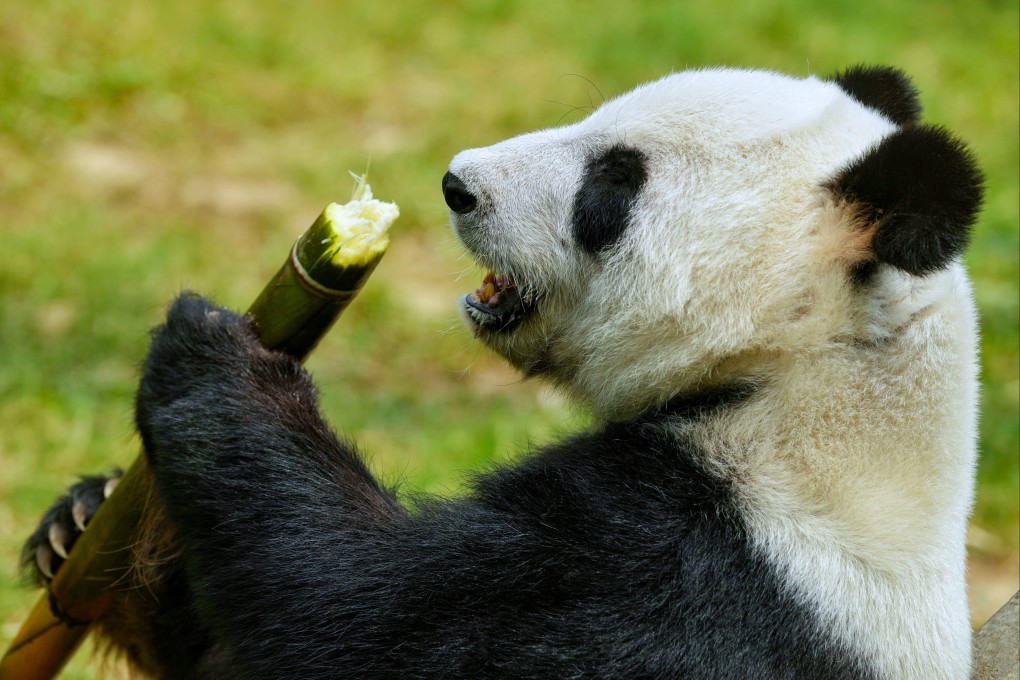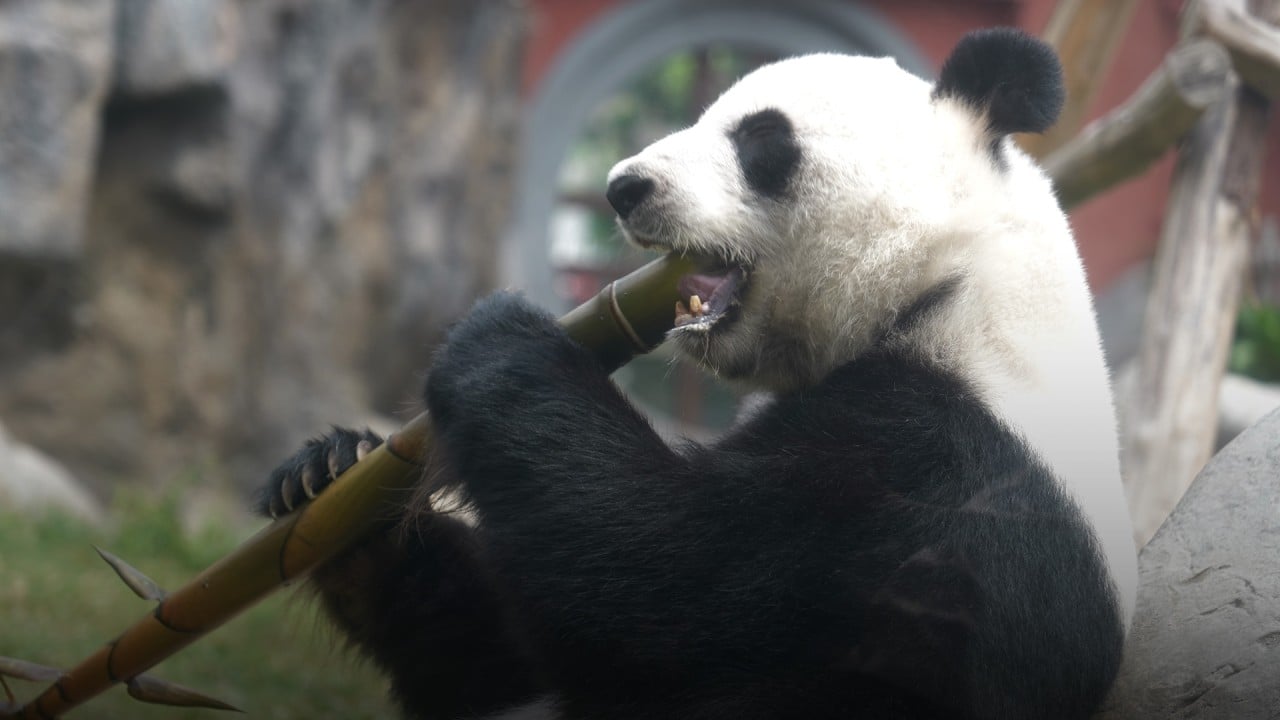Editorial | Hopes of small first as panda couple prepare for Hong Kong move
- Anticipated antics of latest lovable black and white bears should put a smile back on face of city and may add to animal numbers

Few things are as likely to bring a smile to one’s face than having the chance to glimpse a giant panda. While they are hardly known for being bundles of energy, the adorable black and white bears still manage to entertain a crowd by munching on bamboo, trying to clamber up trees, or simply lazing around.
It is little wonder that Hong Kong is abuzz with excitement now that two more of them are heading for the city as gifts from authorities on the mainland. Chief Executive John Lee Ka-chiu, who led a delegation to Sichuan province in the southwest, to help select our soon-to-be immigrants, has added another reason for anticipation, describing the pair as “agile, “gentle”, “adorable” and – importantly – fit to reproduce. Lee said he hoped the new pandas would be able to produce offspring in the city to bring “even more joy and warmth” to the public.
It will not be easy. Pandas are notoriously difficult to breed in captivity. Female pandas only ovulate once a year, and are fertile for only one to two days a year. Hong Kong’s previous panda couples were not successful in mating.
Their presence offers opportunities to learn. Once endangered, the species has benefited from successful conservation efforts. A centre was set up in 1987 in Chengdu, capital of Sichuan province, to focus on rescue, research, and breeding. Pandas were upgraded to vulnerable status in 2016 after their population rebounded. There are now more than 1,800 adults, most of them living in the wild.
Regarded as national treasures, giant pandas have become signs of warming relations, when, from time to time, Beijing announces it will send a pair to another country or city in a practice known as “panda diplomacy”. In Hong Kong’s case, they are a sign of friendship and an attraction to lift the spirits of the public and tourists alike.

